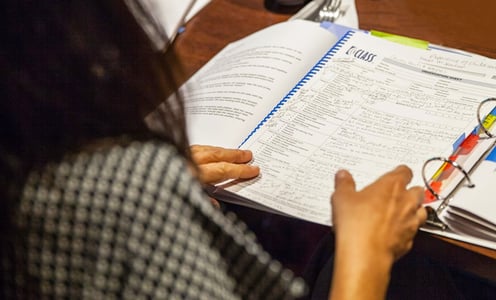
In last month’s blog post in our family child care (FCC) series, we looked at the challenge of coding consistently in inconsistent settings. This month we’re going to take a look at yet another challenge for observers in family child care settings—maintaining objectivity.
FCC Challenge #3: Maintaining Objectivity
When conducting observations in someone’s home, it can be difficult to maintain your objectivity for a number of reasons:
- In a smaller setting, space may be limited and the observer may feel intrusive.
- One of the children may be related to the provider, adding parent/child interactions to the teacher/child interactions under consideration.
- Providers may be handling a multitude of household tasks as they care for the children—preparing meals, doing laundry, etc.— that may not occur in center-based care.
How do these factors impact your data collection?
My best advice is to stay grounded in the CLASS manual and carefully follow protocol. Take a look in Chapter 2 at the section “Challenges for the Observer" for insights on this issue. As you'll see, carefully considering the dimensions definition and looking closely for disconfirming evidence to capture bias is an important part of the coding protocol. Be sure you are using the definition, face pages, and detailed long descriptions to assign your score. Trust your manual!
My recommendation for observing in a small place is to find a spot that is out of the way, if you can. You will need to pay attention to the movement of the children and provider and be ready to find another spot if needed. Having all your materials together in a bag will make it easier to quickly move from spot to spot. It is also a good idea to hold debriefing sessions with other certified observers to review challenges and share strategies for maintaining your objectivity.
What strategies do you have in place to maintain objectivity in your family home observations? Let us know in the reply section below! We’d love to hear from you!
